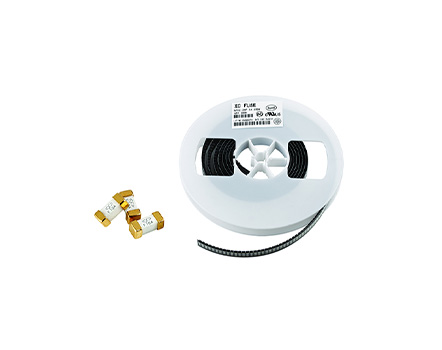
Spiral fuse: There is a fuse indicator on the upper cover of the melt. Once the melt melts, the indicator immediately pops up and can be observed through the glass hole on the ceramic cap. It is commonly used in machine tool electrical control equipment. Spiral type fuse. The breaking current is large and can be used for short circuit protection in circuits with voltage levels of 500V and below, and current levels of 200A and below.
Enclosed fuses: Enclosed fuses are divided into two types: filled fuses and unfilled fuses, as shown in Figures 3 and 4. Fuses with fillers are generally made of square porcelain tubes filled with quartz sand and melt, with strong breaking capacity. They are used in circuits with voltage levels below 500V and current levels below 1KA. The unfilled sealed fuse packs the melt into a sealed cylinder, with a slightly smaller breaking capacity, and is used in power grids or distribution equipment below 500V and 600A.
Quick fuse: Quick fuse is mainly used for short-circuit protection of semiconductor rectifier components or rectifier devices. Due to the low overload capacity of semiconductor components. It can only withstand large overload currents in a very short period of time, therefore it is required that short-circuit protection has the ability to quickly fuse. The structure of a fast fuse is basically the same as that of a sealed fuse with filler, but the melt material and shape are different. It is a variable cross-section melt with a V-shaped deep groove made of silver foil. Quick fuse is commonly referred to as "fast fuse", which is characterized by fast fusing speed, high rated current, strong breaking capacity, stable current limiting characteristics, and small volume. [1]
Self resetting fuse: It uses metallic sodium as the melt and has high conductivity at room temperature. When a short circuit fault occurs in the circuit, the short circuit current generates high temperature, which makes sodium vaporize rapidly, and the vapor sodium presents a High impedance state, thus limiting the short circuit current. When the short-circuit current disappears, the temperature decreases and the metal sodium restores its original good conductivity. Self resetting fuses can only limit short-circuit current and cannot truly break the circuit. Its advantage is that there is no need to replace the melt and it can be reused.
Read recommendations: